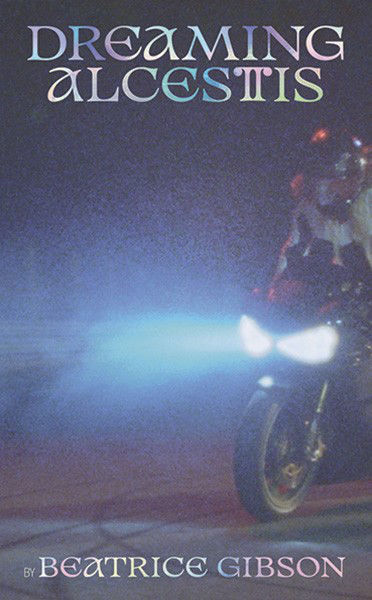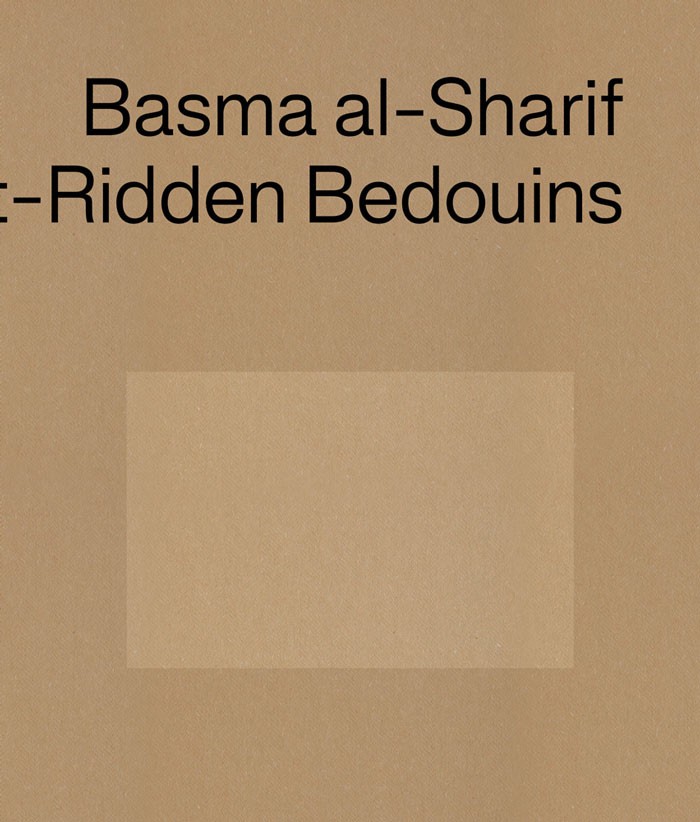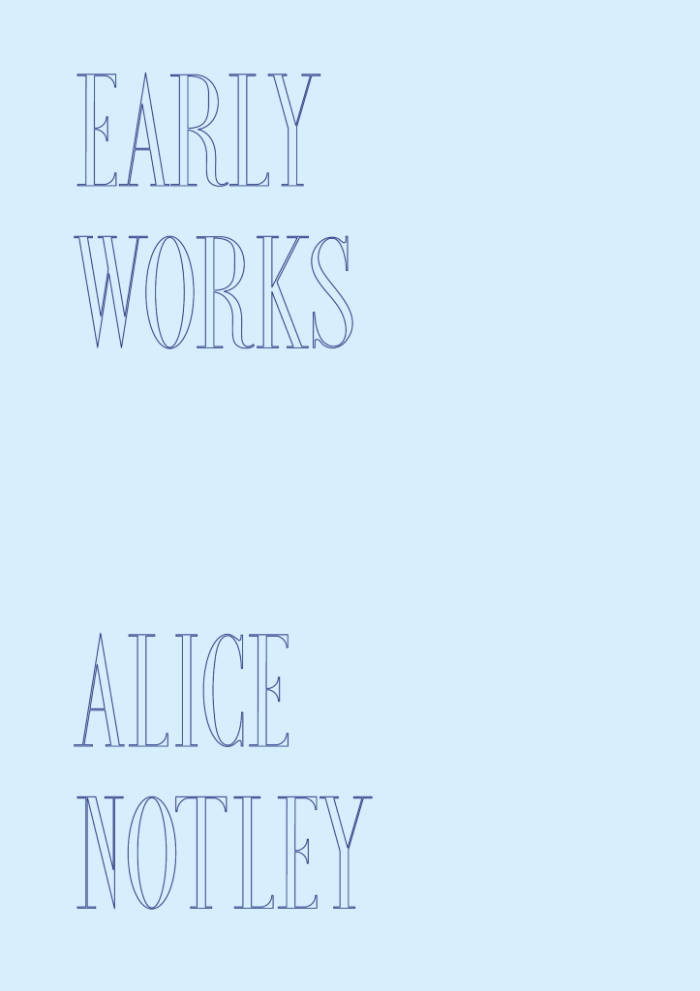
Dreaming Alcestis
Dreaming Alcestis is an artist's book by artist and filmmaker Beatrice Gibson, conceived as an accompaniment to her holographic film installation of the same name. Dreaming Alcestis was co-directed and co-scripted by Gibson, her partner Nicholas Gordon and critic Maria Nadotti. The publication features a specially commissioned essay by poet and translator Allison Grimaldi Donahue, as well as a reprint of the American poet Alice Notley's 1991 essay What Can Be Learned From Dreams?
Drawing on the protagonist of Euripides's ancient myth as its ancestral guide, Dreaming Alcestis offers a poetic reflection on living and dying at a time of acute social, political and economic turmoil, documenting—via dream life—Gibson and Gordon's relocation from Northern to Southern Europe. In the film, two characters, dreaming of a long-dead queen, are filmed in long takes, refracted holographically and interrupted only by the sounds of the city and the sea. In Gibson's words, "2,500 years after her birth, Alcestis—in the film, a mysterious, Lynchian figure—returns from the underworld, dreaming of, or possibly dreamed by, a man and woman who have traversed Europe in search of her, from North to South, with family in tow. Meanwhile, the ice caps melt, 43 wars rage around the globe and another city burns on TV." In a feminist key, Gibson, Gordon and Nadotti reclaim a minor heroine from Greek mythology, using her as a therapeutic device to reflect on what it is to be human in the contemporary context.
Premiering at the British Art show in 2022, Dreaming Alcestis was exhibited on the occasion of the artist's first solo show in Italy, Dream Gossip, at Ordet in Milan, and was subsequently taken on tour, first to the Museo Civico di Castelbuono and then to Macro, the Museum of Contemporary Art in Rome. The book and the film Dreaming Alcestis are part of Alkestis, a project orchestrated by the Museo Civico di Castelbuono in partnership with the British Art Show 9 (Hayward Gallery Touring, Southbank Centre, London).
Edited by Laura Barreca, Edoardo Bonaspetti, Beatrice Gibson.
Texts by Laura Barreca, Edoardo Bonaspetti, Allison Grimaldi Donahue, Alice Notley.
Language: English







